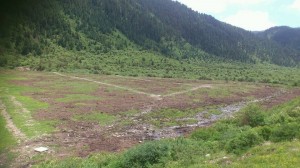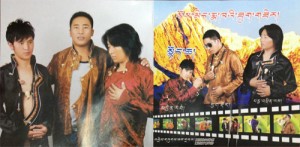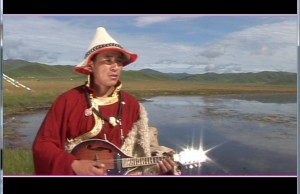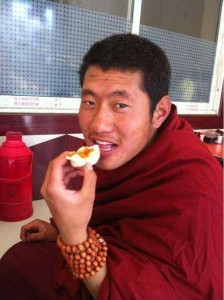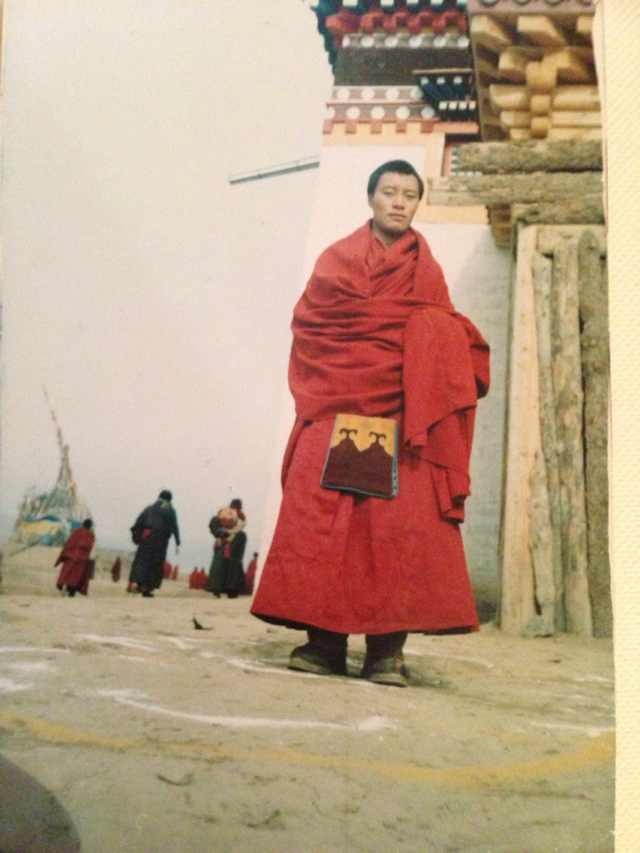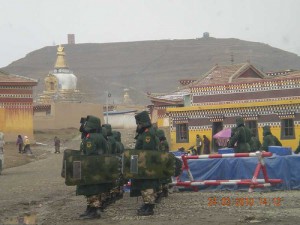
Mar Jang-nyug (pseudonym) is a Tibetan writer born and brought up in Marong village of Ngaba in the Tibetan province of Amdo. He represents in many ways the number of young University-educated Tibetans, schooled in the Chinese system, a system that Mar Jang-nyug rips apart in a stinging collection of journal entries and personal notes titled “Ancestors’ Tomb”.
TCHRD presents a translated and edited chapter from the book, which will be released in full on 14 August. In this chapter written on 27 May 2012, the author uncovers the oppressive conditions at Kirti Monastery, which continues to remain under lockdown.

